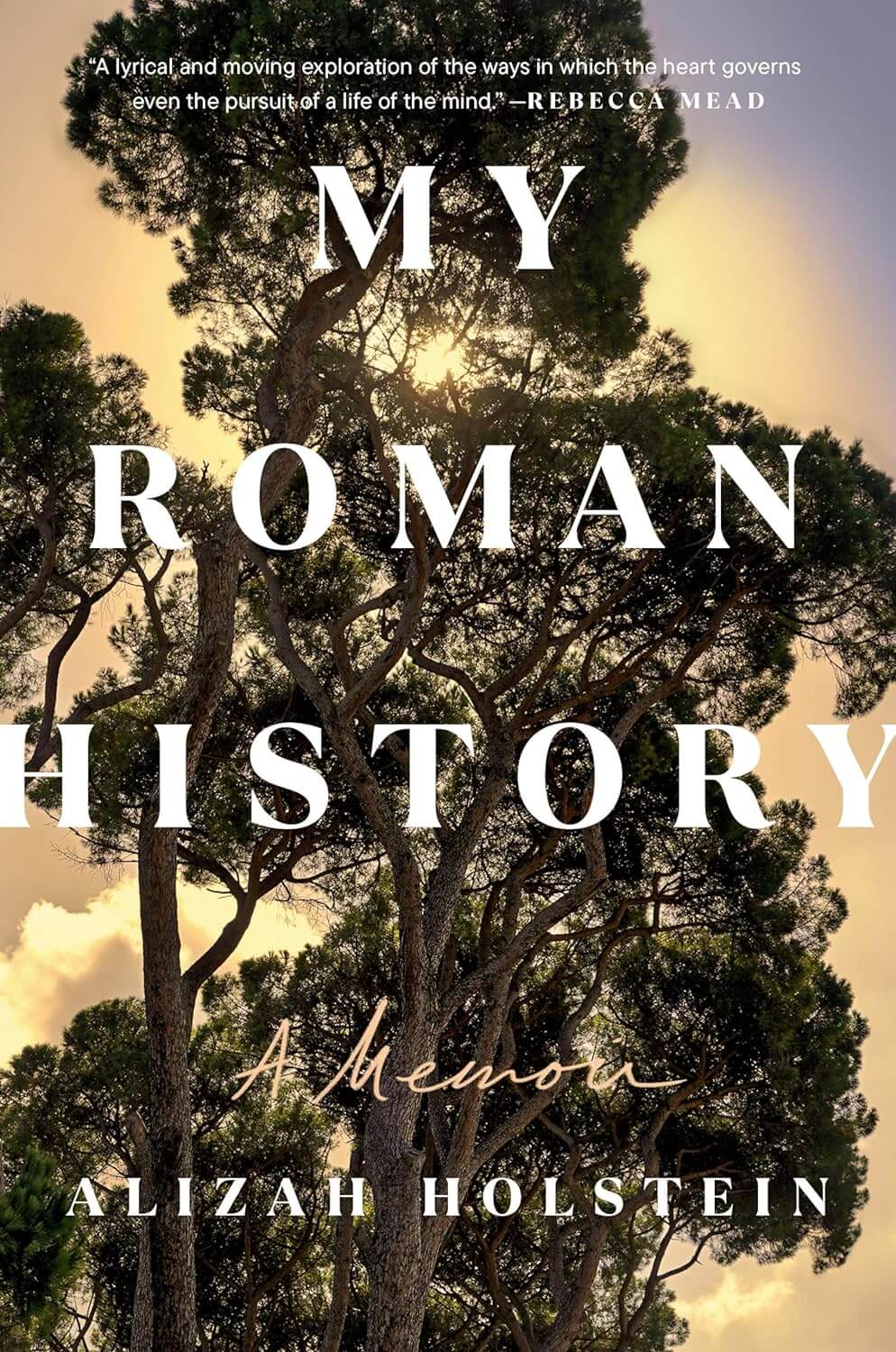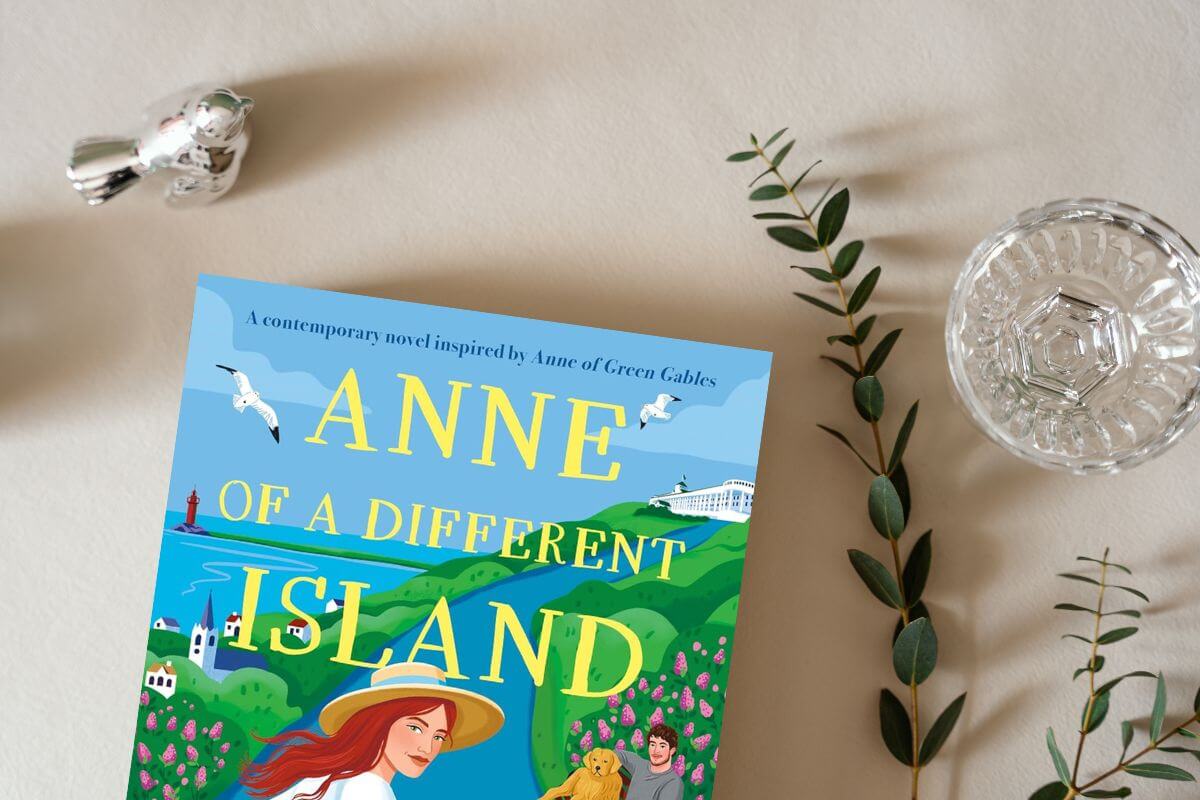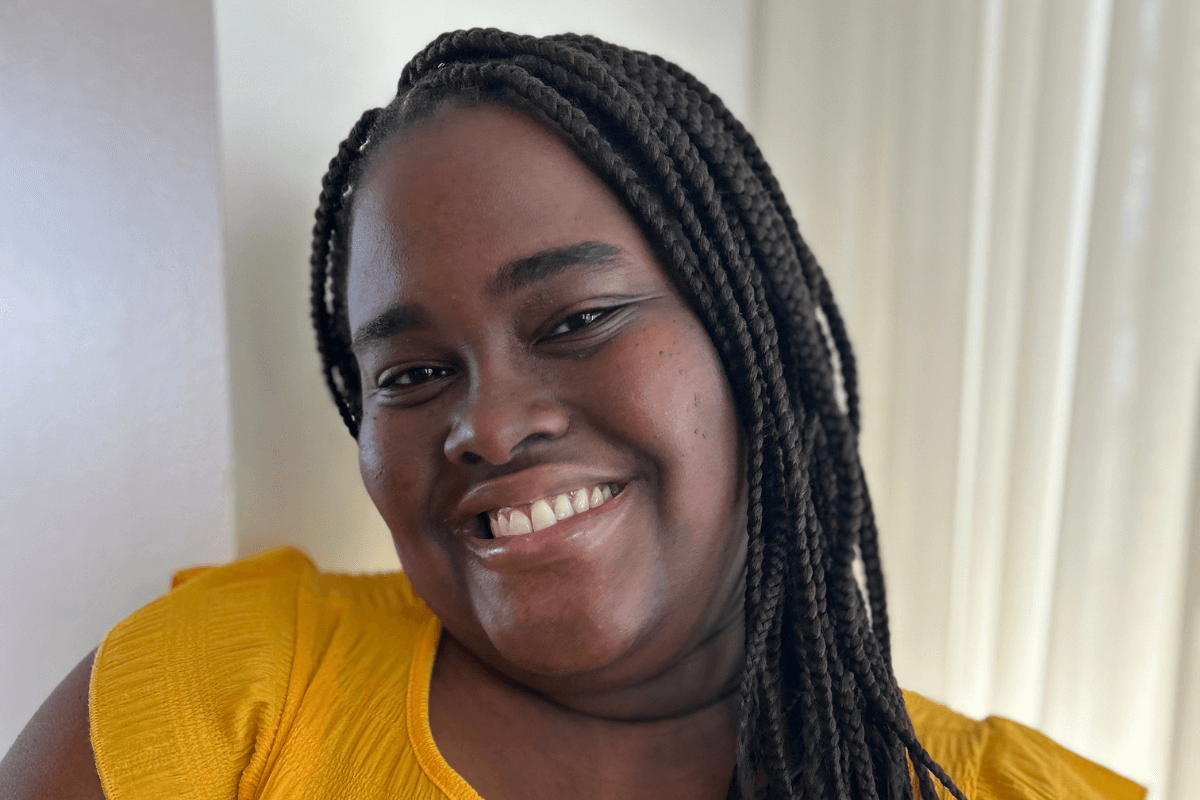Guest Post by Alizah Holstein
Writing memoir can sometimes feel like a dance in which both partners are trying to lead. Your memory and imagination must feel free to blithely wander its corridors, and yet you must simultaneously remain alert to the inevitable distortions made by your mind over time. When I was writing My Roman History—a memoir that combines personal narrative with history and travel writing—I used two types of tools that helped me engage with and harness this tension. I offer them here that they might help you, too.

First, avail yourself of the vast and magical world of sensory tools. Anything connected to our sense of taste, touch, sight, hearing, or smell has the power to evoke strong and specific memories. That perfume you wore in the 11th grade? If you can find a bottle of it, spraying it before a writing session might help you remember that school dance you’ve been trying so hard to pull up. Did your father used to make soup when you felt down? Cooking and eating a bowl of your father’s lentil stew might help you recall the specific texture of his love for you. Don’t forget music. If you want to recall that devastating breakup in all its terrible glory, try immersing yourself in a playlist from that period. Go on, break your own heart! And remind yourself that intense emotions can be extraordinarily productive for your writing. For this reason, sensory tools like perfume, food, and music can be employed during the generative writing stage when you want to dive unfettered into your material. The memories they summon may or may not be factually accurate, but these sensory tools often ride in with something even more important on their wings: emotional truth, the foundation on which all memoir is built. Emotional truth is concerned less with accuracy of details than with the meaning you construct from them. And this capacity to extract meaning from the confusing jumble of life is one of the things that make memoir worth reading.
Once you have a “shitty first draft,” to use Anne Lamott’s renowned phrase, there is a second group of tools you can use to augment the nuance, texture, and factual accuracy of your story. I think of these as “archival objects.” They may be physical or digital, and they are the written, printed, or visual documentation of your lived life. These might include old diaries, schoolwork, notes, letters written or received, comments you’ve penned in the margins of your books, and photos or videos. Or they might be menus, train tickets, museum tickets, movie ticket stubs, receipts, credit card statements, calendars or other ephemera. They can be time-consuming to go through and so are best used, in my experience, after you have plumbed your memory to provide the basic contours of your narrative.
Here’s an example. To come into closer contact with my grandmother, who sailed alone with her two toddler children from New Jersey to Naples shortly after the end of World War II, I once bought off eBay a ship menu from 1948 and a matchbook from the New York City hotel in which she had stayed the night before her departure. These objects evoked not just the historical period and location, but a feeling, an affect, that I incorporated into my description of her experience. I researched her ship, known as the Vulcania, down to its minute details, and watched staticky black-and-white videos on YouTube so I could hear what the motor sounded like and intuit what the atmosphere might have been like on board. Although I had written the chapter’s first draft by imagining my grandmother’s experience based on what I knew of her character and the (few) stories she told about her trip, the additional details provided by archival objects gave my narrative more contour and depth. And they gave me greater context for understanding why my grandmother considered this trip one of the greatest adventures of her life.
Archival objects might shed additional light on scenes you described in your first draft. They might tell you something you didn’t know or remember about yourself, about your family, about what others saw in you, or you in them. But there’s this: they might directly contradict your memories. In My Roman History, I describe a moment in which viewing a photograph of my first hotel room in Italy made me realize that my entire memory of that room had been fabricated by my mind. Processed through decades of remembering, the room as I recalled it was different in every way from the room in the photo. As I know firsthand, a factual correction of this magnitude can feel unsettling; it can undermine your sense of confidence in your memory, and even your competence as a writer. But if you’re attentive to the facts that archival objects present, your memoir will be the better for it. You’ll diminish distortions and gain your readers’ trust.
Now a caveat: you will never arrive at total factual truth. There is no such thing among groups of people, and especially not among families. We are all more complicated than that. But if you tell a story that strives for emotional truth and you do due diligence with the facts, you will create meaning for yourself and for your readers. So, spray the perfume, turn up the volume on that playlist. Let your memory lead, and your diligence follow.

My Roman History: A Memoir by Alizah Holstein
From her high school fascination with Dante and Italian, instilled by a transformative teacher, Rome has been a central influence in Alizah Holstein’s life, despite her lack of Italian roots and brief stays. In her memoir, she explores her evolving connection with Rome, weaving stories of historical and contemporary Romans to reflect on the allure of the past and her journey from curious student to determined historian. “My Roman History” is a captivating memoir about finding identity and meaning through a deep bond with the Eternal City.
Buy the book now: Bookshop.org | Amazon | Barnes & Noble
Alizah Holstein holds a PhD in history from Cornell University and an MFA in nonfiction writing and literary translation from Vermont College of Fine Arts. She lives with her family in Providence, Rhode Island.














Leave A Comment